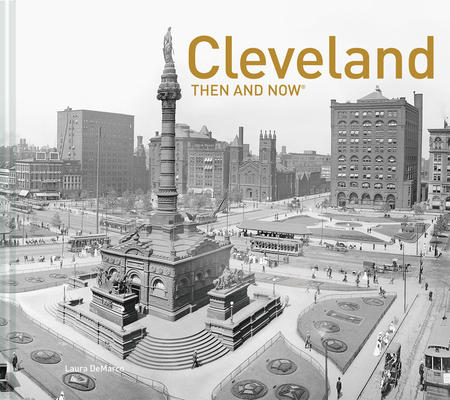
Cleveland, Ohio, was founded in 1796. A prime location on one of America's great inland seas, Lake Erie, and good land transportation links to the rest of the United States made the city one of America's prime industrial metropolises by the early 1900s. Steel mills, factories, railroads, noise, and smoke dominated the landscape. Substantial civic buildings, grand mansions, and parks testified to Cleveland's wealth, while pollution, poverty, and disorder testified to the consequences of growth. Over a century later, its evolving identity has roots in medicine, banking, law, higher education, sports, and even rock and roll. Tradition amid change is the story of Cleveland, then and now.
Sites include: Public Square, Terminal Tower, Soldiers and Sailors Monument, First Presbyterian Church, Cleveland Public Library, Federal Courthouse, Old Stone Church, Detroit-Superior Bridge, The Flats, Central Viaduct, Union Depot, St. John Cathedral, Euclid and East Ninth, Erie Street Cemetery, Euclid at Playhouse Square, Millionaires' Row, Clark Avenue Viaduct, St. Clair Avenue, Willson Avenue Temple, Gordon Park, Wade Park, Adelbert Hall, Cleveland Heights, Hartness Brown House, Little Italy, Lakewood and Bedford.







